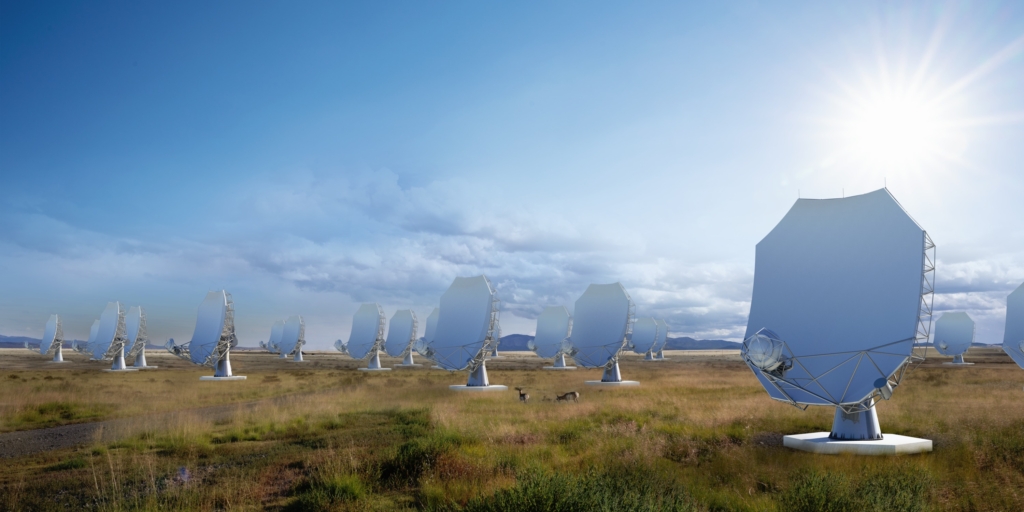Astronomy

AUI plays a fundamental role in the development of the nation’s leading radio astronomy assets. AUI has faithfully stewarded the U.S. National Science Foundation’s National Radio Astronomy Observatory (NRAO) and Green Bank Observatory (GBO) since their inception in 1956. AUI has built, managed and operated state-of-the-art radio astronomy facilities for the National Science Foundation (NSF), including the 100-meter Green Bank Telescope (and the world’s most productive radio interferometers), the Very Large Array (VLA) in New Mexico, and served as a founding partner in the international collaboration that built the Atacama Large Millimeter/submillimeter Array (ALMA) in Chile. These facilities are utilized to explore the invisible universe and peer through time and space. The international research community competes for time to access these facilities, to seek the answers to fundamental questions about our Universe. In addition to providing this critical science infrastructure, we train the next generation of scientists and engineers, and increase awareness and understanding of our research amongst students of all ages, and the general public.
Facilities

AUI and the NRAO convene research communities to answer age-old questions and pioneer new grounds. Through engagement with the research community and international collaboration, global investments in science can be leveraged with astonishing results. The NRAO made a significant contribution to the Event Horizon Telescope (EHT) which captured the first image of a black hole, largely in part through the use of the Atacama Large Millimeter/submillimeter Array (ALMA) Observatory.
The Bright Future of Astronomy

Through the proposed development of the next generation Very Large Array (ngVLA) and new radar transmit capabilities at GBO, researchers will view the nearby and distant Universe with unprecedented sensitivity and resolution and open new horizons in planetary science and space domain awareness. Radar will allow the mapping and tracking of solar system objects for both scientific discovery and planetary protection. Visit the links below to learn more.
